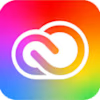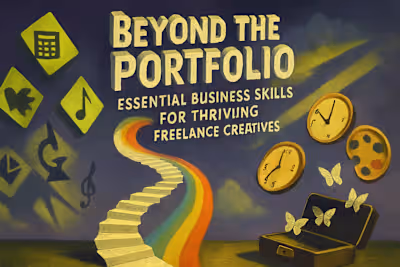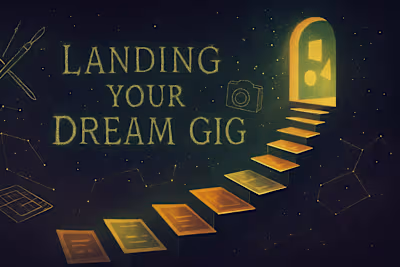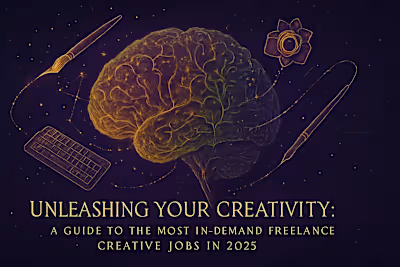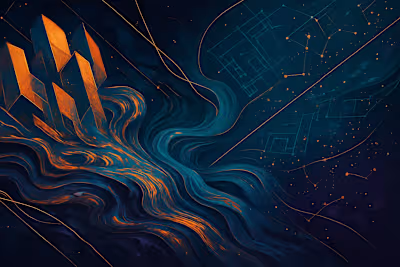The Evolving Landscape: Navigating Future Trends in Freelance Creative Work
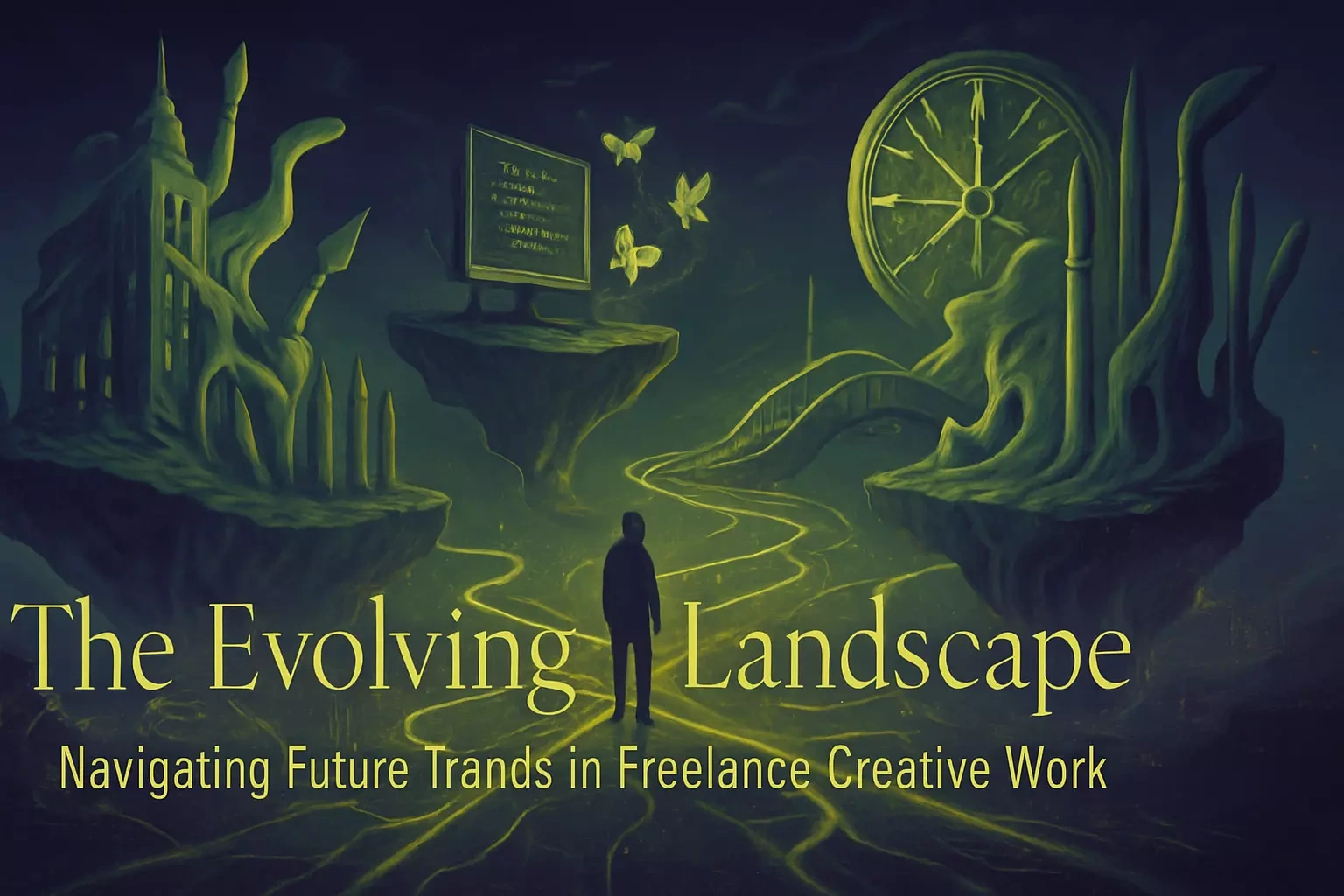
The Evolving Landscape: Navigating Future Trends in Freelance Creative Work
The Impact of Artificial Intelligence (AI) on Creative Freelancing
AI as a Tool for Enhanced Creativity and Productivity
New Roles and Skills Emerging from AI Integration
Addressing Concerns: Job Displacement and Skill Adaptation
The Continued Evolution of Remote Work and Global Collaboration
Rise of Distributed Teams and Cross-Border Projects
The Digital Nomad Lifestyle for Creatives
Tools and Platforms Facilitating Remote Creative Work
Shifting Demands: New Skills and Specializations on the Rise
Increased Demand for Niche Expertise and Hybrid Skills
Growth in Interactive and Immersive Content (AR/VR)
Sustainable and Ethical Creative Practices
Data-Driven Creativity and Personalization
The Business of Freelancing in the Future
The Gig Economy's Maturation and Regulation
Emphasis on Soft Skills: Communication, Adaptability, Resilience
Lifelong Learning and Upskilling as a Necessity
Building Community and Collaborative Networks
Preparing for the Future: Actionable Steps for Freelance Creatives
Embrace AI Tools and Develop AI Literacy
Cultivate a Strong Personal Brand and Online Presence
Invest in New Skills and Continuous Learning
Network Actively and Build Strategic Partnerships
References
The Evolving Landscape: Navigating Future Trends in Freelance Creative Work
The Impact of Artificial Intelligence (AI) on Creative Freelancing
AI as a Tool for Enhanced Creativity and Productivity
New Roles and Skills Emerging from AI Integration
Addressing Concerns: Job Displacement and Skill Adaptation
The Continued Evolution of Remote Work and Global Collaboration
Rise of Distributed Teams and Cross-Border Projects
The Digital Nomad Lifestyle for Creatives
Tools and Platforms Facilitating Remote Creative Work
Shifting Demands: New Skills and Specializations on the Rise
Increased Demand for Niche Expertise and Hybrid Skills
Growth in Interactive and Immersive Content (AR/VR)
Sustainable and Ethical Creative Practices
Data-Driven Creativity and Personalization
The Business of Freelancing in the Future
The Gig Economy's Maturation and Regulation
Emphasis on Soft Skills: Communication, Adaptability, Resilience
Lifelong Learning and Upskilling as a Necessity
Building Community and Collaborative Networks
Preparing for the Future: Actionable Steps for Freelance Creatives
Embrace AI Tools and Develop AI Literacy
Cultivate a Strong Personal Brand and Online Presence
Invest in New Skills and Continuous Learning
Network Actively and Build Strategic Partnerships
References
Posted Jun 11, 2025
Stay ahead in freelance creative work by understanding key future trends: AI's impact, remote work evolution, and the demand for new creative skills. Prepare for 2025 and beyond.

